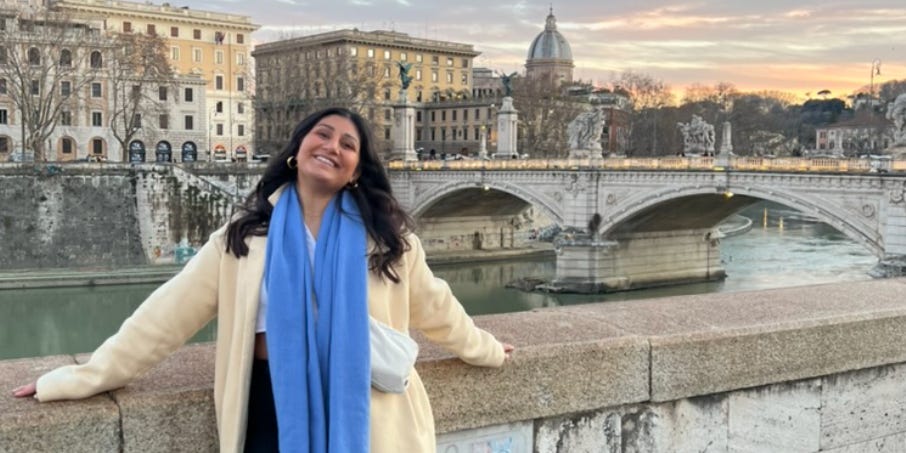I had my first anaphylactic reaction to cashews as a toddler, and severe food allergies have been a part of my life ever since.
Cashews aren’t the only thing on my do-not-eat list, either: I have 24 allergens in total, from seeds to seafood to certain fruits.
With such a long allergen list, I was raised to play it safe when it comes to food and travel — after all, even eating out locally feels nearly impossible sometimes. So, whenever I tell someone that I love to travel the world, they have a lot of questions.
Still, I’ve managed to visit nearly 35 countries to date, usually without major reactions.
I’ve found that some places are surprisingly accommodating for people with allergies — and I’ve also picked up a few tricks to help myself safely explore new areas and cuisines.
Fortunately, I’ve had amazing allergy-friendly experiences in a few countries
Thanks to allergen-safe staple ingredients and my basic understanding of Spanish, I’ve always had a great experience communicating about my allergies and finding food in Mexico. I’ve also had luck in countries across Central America, like Nicaragua.
Europe can be a trickier continent to visit, especially since many of my allergens aren’t among the main 14 recognized in the UK and EU.
Still, I noticed that many menus in Spain and Italy clearly flagged dishes that contained those 14 allergens. This made me feel all the more comfortable speaking up about my own allergies.
I’ve also visited places where I’ve struggled to find dishes to eat
My other severe allergens include chickpeas and lentils, which made growing up in an Indian household and missing out on traditional meals with family hard.
It became even more difficult to navigate when I visited India for the first time.
Even when I could find something free of chickpeas or daal (lentils), those dishes were typically garnished with nuts. After some close calls, my month in India mainly consisted of bowls of plain basmati rice.
I also had a difficult time in Paris, where I encountered a few language-related mix-ups in some of the more crowded cafés. I later learned this was due to multiple meanings and translations of the French words for “nuts.”
In order to stay safe when traveling, I do a lot of research and prep ahead of time
Despite having almost as many allergens as I do items on my packing list, I try to see my condition as a challenge to overcome instead of a total impediment to new experiences.
When planning a trip, I’ll set aside a chunk of time to research nearby restaurants and study their online menus. Although I stay open to checking out hidden gems, I always visit a new country armed with restaurants and cafés — with allergy-friendly offerings — that I’ve saved on Google Maps.
Along with specific restaurants, I’ll also research a region or country’s cuisine. Learning about any traditional dishes that don’t include my allergens helps me feel more comfortable exploring and stumbling into unexpected local spots.
Finally, I always translate my allergens ahead of time so I can share the list with servers at restaurants and cafés. (I’ve seen some people on TikTok even make business cards with their allergies printed in several languages.)
I also cut myself some slack if I need to eat more ‘comfortable’ foods
Although preparing ahead helps me stay safe in new places, problems still crop up.
I’ve made reservations reliant on one or two menu items during my European travels in the past, only to find they were sold out by the time I arrived.
So, I pivot and rely on meals I’m more comfortable with, even if they’re not local specialties.
I’ve found myself ordering just a basic plate of fries at chic seaside restaurants more times than I’d care to admit or visiting a familiar fast-food chain while on the other side of the world.
Even the most thought-out plans don’t always work, and hey, at least many chains also have fun country-specific menu variations to try.
Read the full article here


